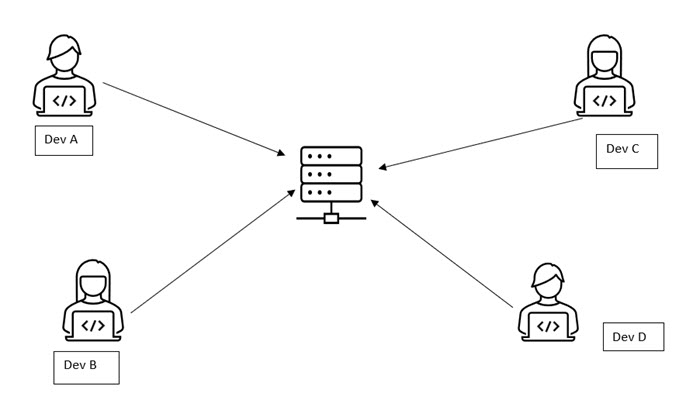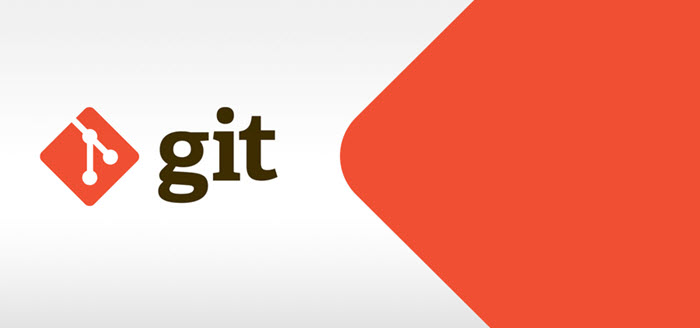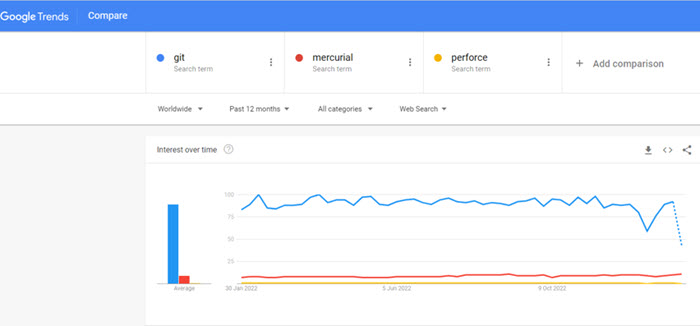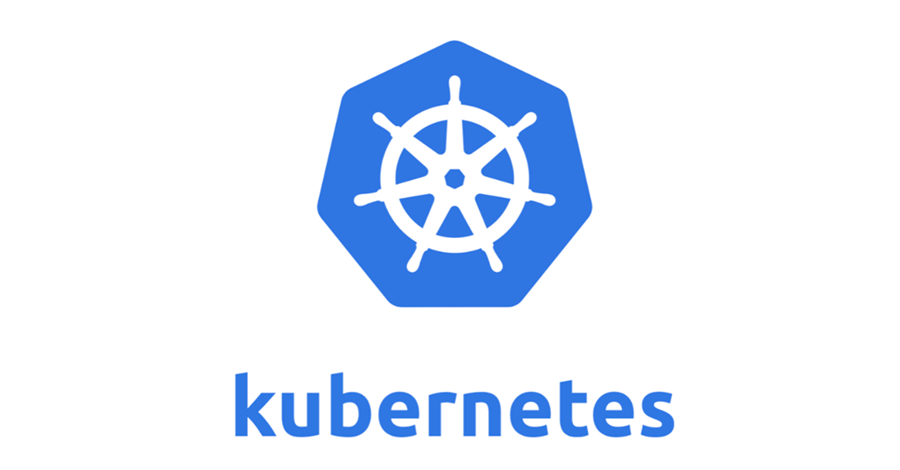Although the claims about the benefits of the Internet not being evenly distributed around the world are endless, it has certainly helped in lessening the tech headaches of collaborating from distant places. For example, developers from around the world can work remotely and still commit their codes for a project. However, challenges related to Version Control of documents and code files of software development still exist. You can overcome them by choosing the right Version Control System. We’ll help you find which Version Control system is more suitable for developers and why so.
What is a Version Control System?
In general, Version Control System is software that keeps a record of changes made to documents, files, or computer programs that are in different stages of development and manage them, automatically.
The software finds its potent use in situations where things go awry in an environment where multiple people are working on the same project from different locations, spanning different time zones. At such times, the Version Control System can help the lead architect identify the problem or a bug quickly by scanning the version history and reverting the changes, thereby fixing the issue.
In short, it allows software teams to work faster and smarter and helps them to reduce development time and increase successful deployments.
Here’s how!

Consider a scenario where Developer (Dev) A, and Developer (Dev) B have pushed their changes. At this point, the software is working fine. However, as soon as another developer, say Developer (Dev) D pushes his changes, the software snaps due to some unknown bug. When such an incident occurs, the lead architect can identify the bug and fix it. This system works well but only for a small bench size of 3-5 developers that can be managed manually.
If the bench size is increased suddenly to 500 developers, identifying the bug and fixing it can be a lot more difficult, especially when developers are working remotely and belong to different geographical regions. That’s where you need to have a Version Control System in place.
Types of Version Control Systems
Primarily, there are 2 types of Version Control System
- DVCS – Distributed Version Control System
- CVCS – Centralized Version Control System
DVCS dominates the market and within distributed version control systems, GIT is quite popular. It is a free and open-source distributed version control system and is capable of handling everything from small to very large projects with speed and efficiency.

Why GIT for version control?
The following features make GIT the preferred choice for use in the Version Control space.
- Branching and Merging– It allows you to have multiple local branches, completely independent of others, and manage tedious operations like creating, deleting, and merging code lines of development in just a few seconds.
- Small and Fast– In GIT, as the central repository is pulled locally, all the operations are performed locally. So, there is no need to communicate with the central server. This makes the process of publishing changes fast.
- Distributed– It means instead you ‘Checking out’ a current tip of the source code, one can first clone the entire code repository and then, makes the required changes in it.
- Data Assurance– GIT checksums every commit or files to maintain the cryptographic integrity of the project code files.
- Staging Area– GIT also offers an intermediate area called ‘Staging’ or ‘Index’ where the commits can be formatted and changed before completing your commit.
- Free and Open Source– Under the GNU general public license version 2.0, it is completely free to download and use. This makes it quite popular in the developers’ community.
So, if you are out there and hunting for the right automatic versioning tool that is simple to use and allows fast, hassle-free team collaboration, go for GIT.

As you can see in the image above, it continues to top the Google Trends chart, far ahead of Mercurial and Perforce.



